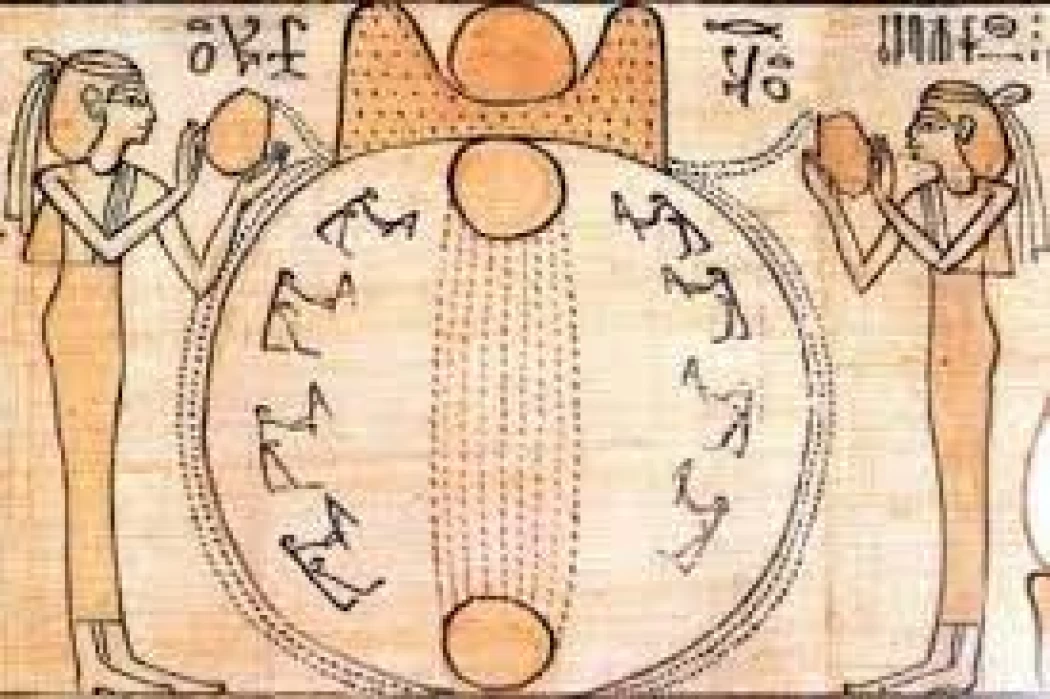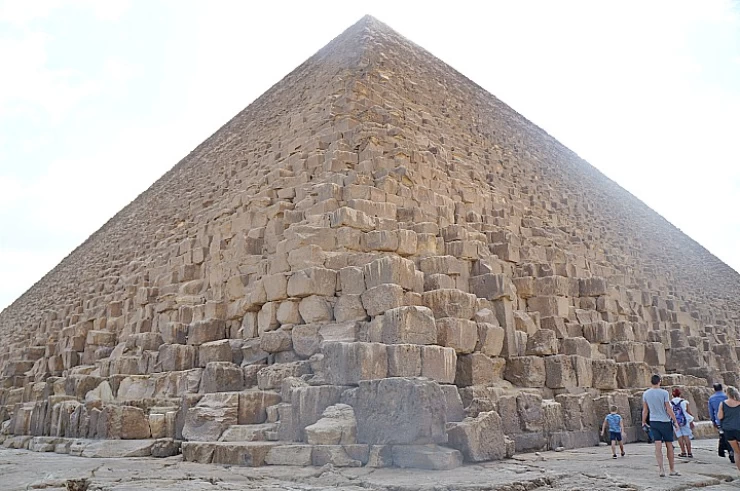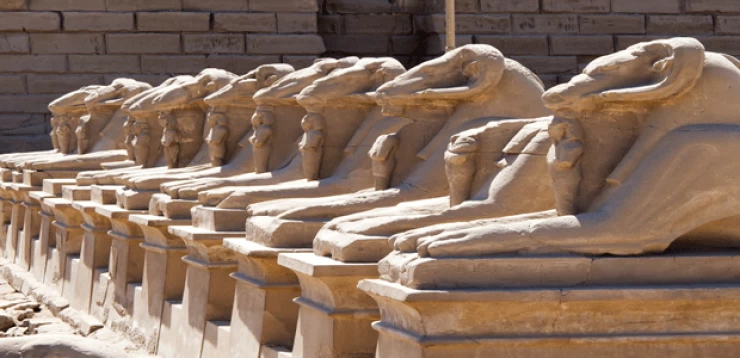
The Tenth Dynasty of Ancient Egypt History
The Tenth Dynasty of Ancient Egypt History
The slow but systematic transfer of powers from the central authority (the sovereign) to the external ones (nomarch) gave rise to a sort of "feudalism" and the consequent decentralization of power, as evidenced also by the monuments of Upper Egypt.
There was then a crisis also of an ideological nature, which questioned the totalizing conception of Pharaoh as the top of the social organization. In this period a violent social revolt broke out in Menfi which led to the desecration of the pyramids, while the Delta was crossed by eastern nomads.
Economic life suffered strong repercussions that affected the same social structure: the frequent famines and the loss of power of the central administration were associated with a process of consolidation of power by the princes of Heraclesopoli of the 9th dynasty and the tenth dynasty, with the consequent weakening of the position of the Memphite sovereigns. The princes of Heracleopolis tried to annex Upper Egypt by fighting against the principles of Thebes (from the 11th dynasty of the time).
The latter eventually, thanks to the work of Mentuhotep I and Mentuhotep II, belonging to the 11th Theban dynasty, proved victorious and managed to reunite the country. Despite the struggles that characterized the period, the Nile canalization works and the construction of commercial tracks through the desert continued - especially with Mentuhotep III. The princes of Heracleopolis tried to annex Upper Egypt by fighting against the principles of Thebes.
















